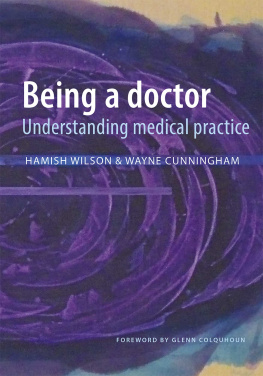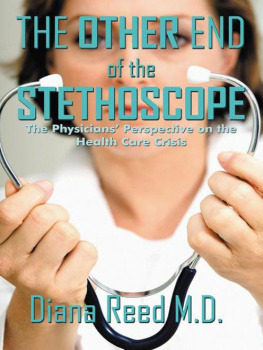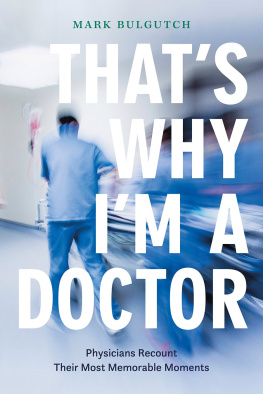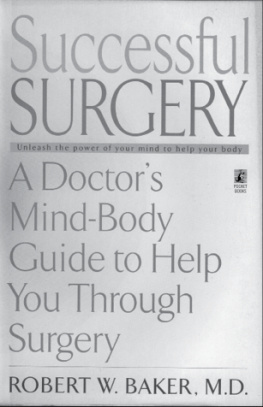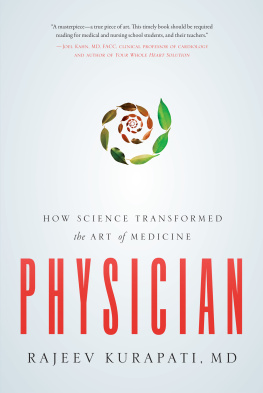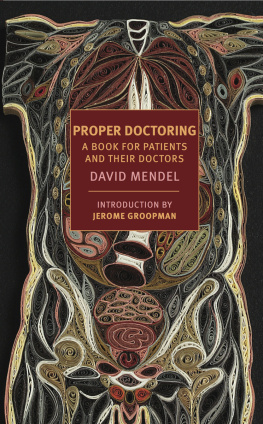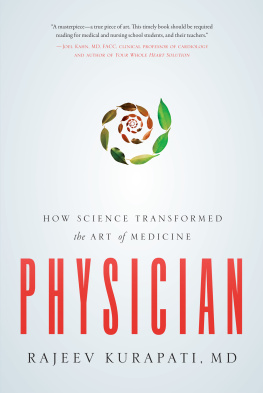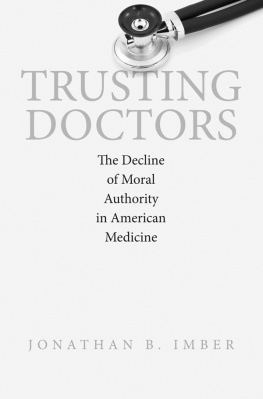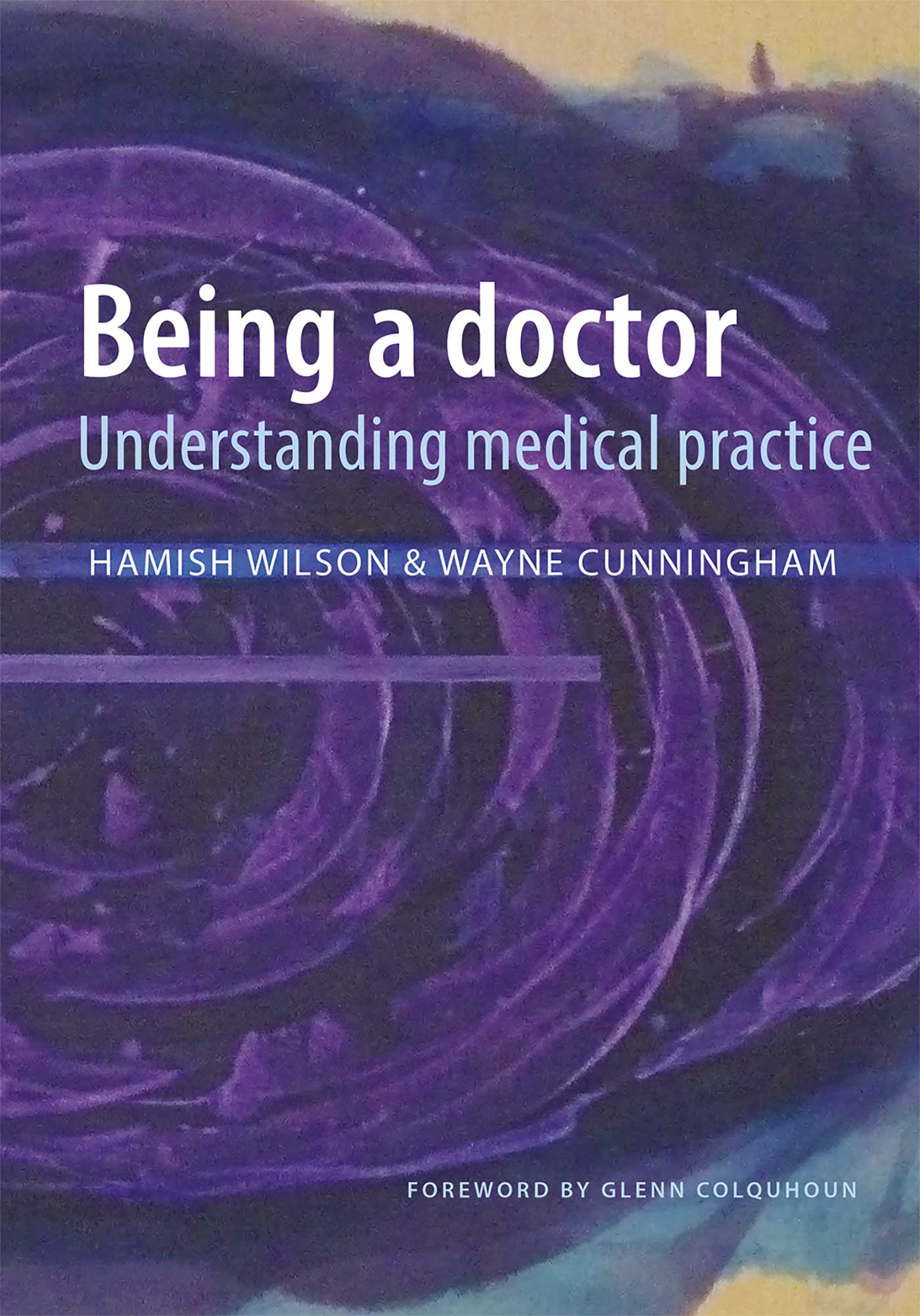Published by Otago University Press
PO Box 56 / Level 1, 398 Cumberland Street,
Dunedin, New Zealand
E:
F: 64 3 479 8385
W: www.otago.ac.nz/press
First published 2013
Copyright Hamish Wilson and Wayne Cunningham 2013
ISBN 978 1 877578 36 6 (print)
978-0-947522-33-9 (Kindle Mobi)
978-0-947522-34-6 (EPUB)
978-0-947522-35-3 (ePDF)
Cover image: Gretchen Albrecht, Violet Surge, 2012, Oil and acrylic on Belgian linen,
85 x 150 cm, Collection of the artist
Cover and type design by Fiona Moffat
Typeset by Book Design Ltd, Christchurch & Auckland
eBook conversion 2017 by meBooks, Wellington, New Zealand
Text acknowledgements
The authors and publisher gratefully acknowledge the permission granted to reproduce the copyright material in this book. Every effort has been made to trace copyright holders and to obtain their permission for the use of copyright material. The publisher apologises for any errors or omissions in the below list and would be grateful if notified of any corrections that should be incorporated in future reprints or editions of this book.
(p.113): adapted from Hutchinson TA, Mount BM, Kearney M, The healing journey. In: Hutchinson T, ed., Whole person care: a new paradigm for the 21st century, pp.2330. Copyright 2011. Reprinted with kind permission of Springer Science+Business Media.
(p.56): adapted from The American Journal of Psychiatry 137(5), Engel G, The clinical application of the biopsychosocial model, 535544. Copyright 1980. Reprinted with kind permission of the American Psychiatric Association.
(p.73): adapted from Patient Education and Counseling 85(3), Jagosh J, Boudreau J, Steinert Y, MacDonald M, Ingram L, The importance of physician listening from the patients perspective: enhancing diagnosis, healing and the doctor-patient relationship, 369374. Copyright 2011. Reprinted with kind permission of Elsevier.
(p.74): adapted from Patient Education and Counseling 74(3), Street Jr RL, Makoul G, Arora NK, Epstein RM, How does communication heal? Pathways linking clinician-patient communication to health outcomes, 295301. Copyright 2009. Reprinted with kind permission of Elsevier.
(p.104): adapted from Stewart M, Belle Brown J, Weston W, McWhinney I, McWilliam C, Freeman T, Patient-centered medicine: transforming the clinical method. 2nd edn. Copyright 2003. Reprinted with kind permission of Radcliffe Publishing.
(p.128): adapted from Silverman J, Kurtz S, Draper J, Skills for communicating with patients. 2nd edn. Copyright 2003. Reprinted with kind permission of Radcliffe Publishing.
(p.112): adapted from Hutchinson T, Brawer J, The challenge of medical dichotomies and the congruent physicianpatient relationship in medicine. In: Hutchinson T, ed., Whole person care: a new paradigm for the 21st century, pp. 3144. Copyright 2011. Reprinted with kind permission of Springer Science+Business Media.
(p.130): from Meador CK, Symptoms of unknown origin: a medical odyssey. Copyright 2005. Reprinted with kind permission of Vanderbilt University Press.
(p.151): from The Lancet 374(9702), Wallace JE, Lemaire JB, Ghali WA, Physician wellness: A missing quality indicator, 171421. Copyright 2009. Reprinted with kind permission of Elsevier.
(p.229): from The New England Journal of Medicine 344(26), Green LA, Fryer Jr GE, Yawn BP, Lanier D, Dovey SM, The ecology of medical care revisited, 20215. Copyright 2001. Reprinted with kind permission of Massachusetts Medical Society.
(p.233): adapted from Howden-Chapman P, Tobias M, eds., Social Inequalities in Health: New Zealand 1999. Copyright 2000. Reprinted with kind permission of New Zealand Ministry of Health.
DEDICATION

In memory of Dr Pat Farry: mentor, colleague and friend
Acknowledgements
This book arises from many years of discussion with our postgraduate students. We are indebted to them for their contribution to these emerging ideas and their generosity in providing so many rich examples of clinical practice.
We are particularly grateful for the helpful critique and advice from members of the Department of General Practice and Rural Health, Dunedin School of Medicine, especially Associate Professor Jim Reid, Professor Susan Dovey and Dr Katharine Wallis. Drs Katherine Glover and Roz McKechnie provided excellent editorial comments.
We also consulted more widely, sending early drafts of chapters to a range of colleagues. We received invaluable comments from Dr Alison Begg, Professor Peter Crampton, Dr Mark Davis, Dr Tom Egnew (Washington State University), Dr Sue Hawken and Dr Peter Huggard (University of Auckland), Professor Jane Lemaire (University of Calgary), Dr Brett Mann, Dr Lucy OHagan, Richard ONeill-Dean and George Sweet.
Special thanks to Dr Glenn Colquhoun for his encouragement of our conceptual ideas and his insightful foreword.
Finally, our heartfelt thanks go to our families for their continued love and support: Annette Rose and Flavia Wilson; Joanne, Renee, Andrew and Courtney Cunningham.
Foreword
Dark matters
The last time I worked in a hospital I flew in a helicopter. I was based at an intensive care unit that served a large area of the country. My patients were unconscious and I carried a pocket full of syringes to keep it that way. The views were glorious. Patients had something wrong with them. Medicine had medicines. The world was a Google map. Then I entered general practice and became lost. In general practice I am pressed so close to what I am looking at that most of the time I cannot see it at all. On days when I am able to follow the thread of an illness through the body it often disappears in front of me, leaving me grasping, as though what is wrong with someone might really be wrong in some imaginary part of them or in a web of connections around them. Sometimes diseases simply change shape. Here they are diseases and here they arent, now you see them, now you dont, like particles blinking in and out of existence. I think I am dumb all the time.
It has taken some time to realise that it is supposed to be this way. Diseases have to begin somewhere. It can take a while to see them sticking out against the background. When is unhappiness too much unhappiness? When is too much drinking too much drinking? Then there are the treatments: those that should work but dont, those that shouldnt work but do, those we are sorry we ever used in the first place and, most frustrating of all, those that work but taste bad. Still, I stay. The view might be distorted and involving but it is no less beautiful. In general practice I am in the paint, dripping. I am forced to see the world street-first. Joy and sorrow change like lights at a busy intersection.
Last Wednesday morning I saw a young woman with eczema. I saw a man who wanted to stop smoking. I read letters about a patient who had had his gallbladder removed and another whose heart was dancing. I saw a young woman for a repeat prescription. Her story was so large I knew not to ask about it in the morning when the day is fragile with need. I received the results of a blood test that told me a man I saw last week with a twisted knee probably has diabetes. A woman is no longer anaemic. Another mans blood is neither too thick nor too thin. A teenager has no bugs in her urine. I read an insurance report. It told me the prolonged sexual abuse of my patient has caused her post-traumatic stress but not her depression. They will treat her for one but not the other. People are made of per cents and they are able to account for them. I saw an old woman for no good reason other than she wanted to say hello to me. We talked about knitting and I made her laugh. I saw another old woman who is running out of puff and has a sore neck. Her sticks click as she walks. We smile. I get a text from a patient who needs her pills. I get another from a woman who has been fighting with the man she loves and fears. I promise to talk to him but I havent yet. I want to but I fear him too. Most gratifying of all, I finish on time. Life has come along in the right-sized bundles and I have ignored it when it hasnt.

